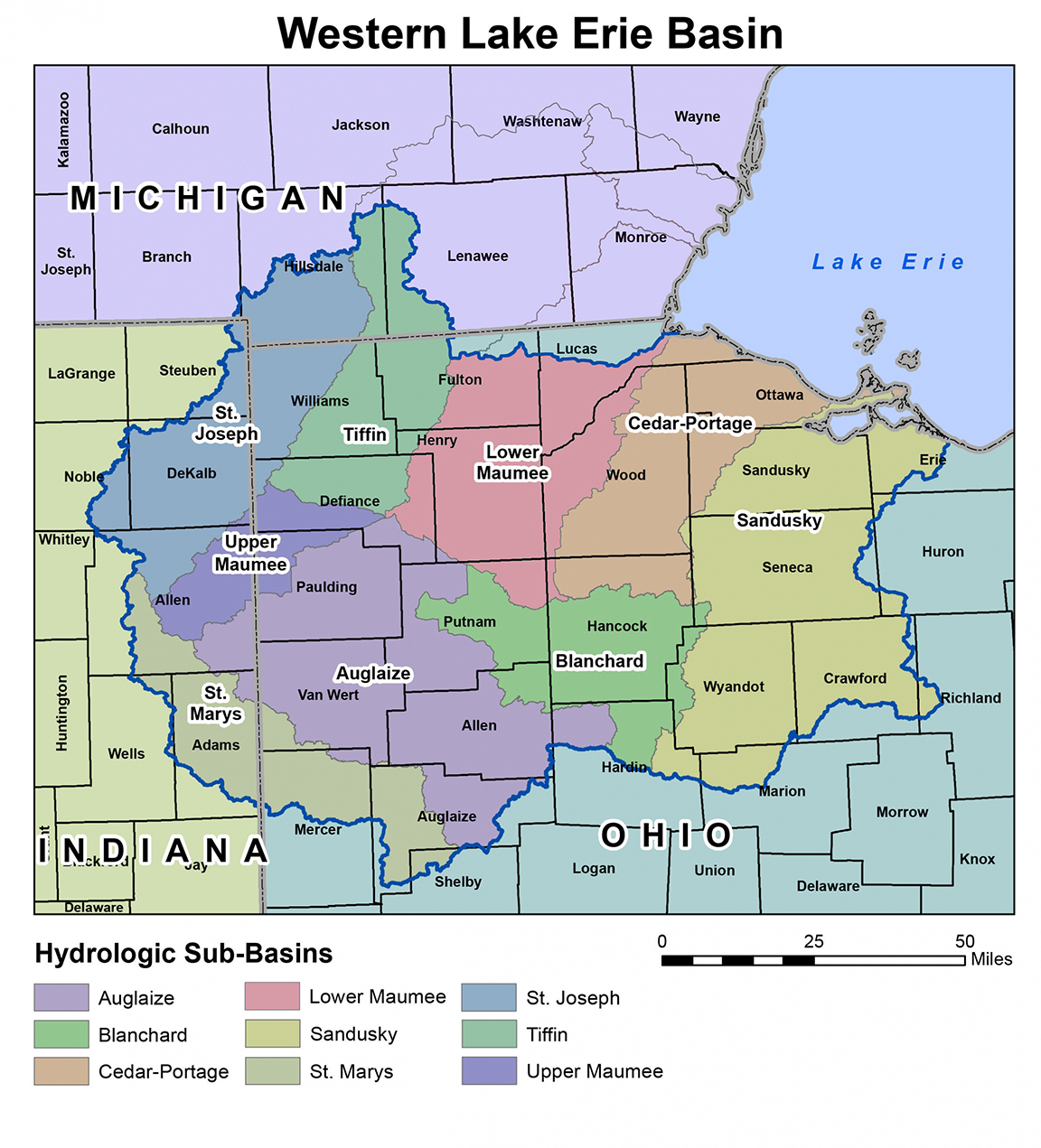Water Quality Monitoring Program
Weekly handgrab samples were taken for nitrates from March 2011 through June 2011. Monthly handgrab samples were taken for total suspended solids and phosphorus.

US Geological Survey, with financial support from IEPA, installed a stream gage to monitor flow. In September 2011, the nitrate probe was installed. Flow and nitrate data will be taken in real-time every 15 minutes. View the real time data. The gage and probe will collect data through July 2013. For more information contact Trevor Sample.
.gif)
Water Quality Monitoring at Tile Outlets
Diagram of automatic sampler. Courtesy of USDA-ARS.
Outcomes will include discovering the impacts of practices demonstrated and their effects on N content of tile water as well as demonstrating nutrient use efficiency, supported by increased net yields, to influence producer adoption of the practices. Project outreach activities will share progress and results with producers (and others) and collect feedback about producer perceptions, attitudes and intentions toward future use of demonstrated practices.Objectives
Through the innovative combination of fertilizer BMPs, NUE measurements/calculations and water quality monitoring, this project aims to:
- Determine the impacts of controlled release fertilizer on nutrient use efficiency on field site
- Inform at least 50 percent of farmers in surrounding area about benefits of nutrient management practices demonstrated
- Understand farmer willingness to adopt these N management practices and monitor or tile outlets through outreach and feedback event
- Determine the impacts of spring application and fall application of nitrogen on nutrient use efficiency on field site
.jpg)
Three monitoring stations collect tile water at a Livingston County, IL farm field.
These objectives help reach the ultimate goal of improving yields and/or reducing N loading into the Vermilion River Watershed as a result of implementing a better N management system.Project results will include water quality monitoring data associated with NUE in-field calculations as well as demonstrations of the usability of tile outlet monitoring by producers, the cost effectiveness of these monitoring solutions for measuring nutrient loss and the impact of associated outreach efforts to increase adoption of nutrient management practices.
The project will demonstrate conservation practices that show promise of leading to better nitrogen (N) management—spring applied N over fall applied N and enhanced-efficiency fertilizer sources. These practices will be demonstrated within N management systems and compared according to N levels, to measure the impacts of these practices on water quality. During the growing season and winter months, we will monitor water flowing from tile outlets at a farm site in close proximity (7 miles) to Indian Creek watershed.
We placed a monitoring station at each of the three demonstration field's tile outlets. Data will be collected on: fertilizer N applied, crop yield, nutrient content of harvested crop and N supply in soil prior to fertilizer application.

